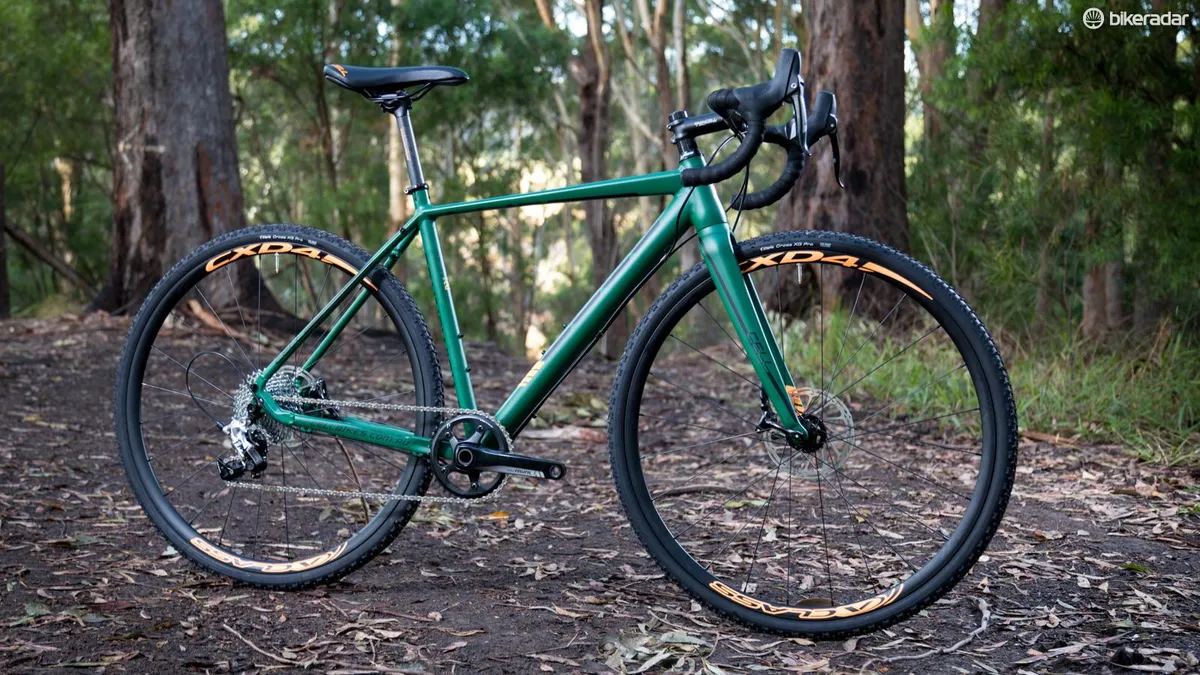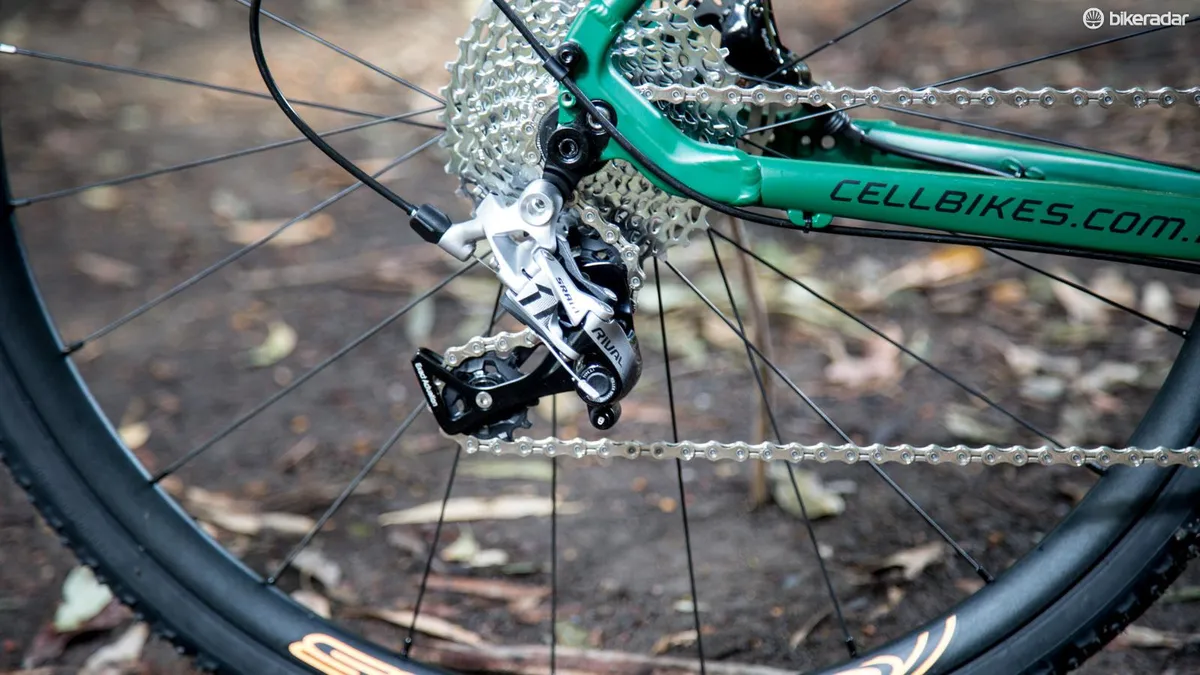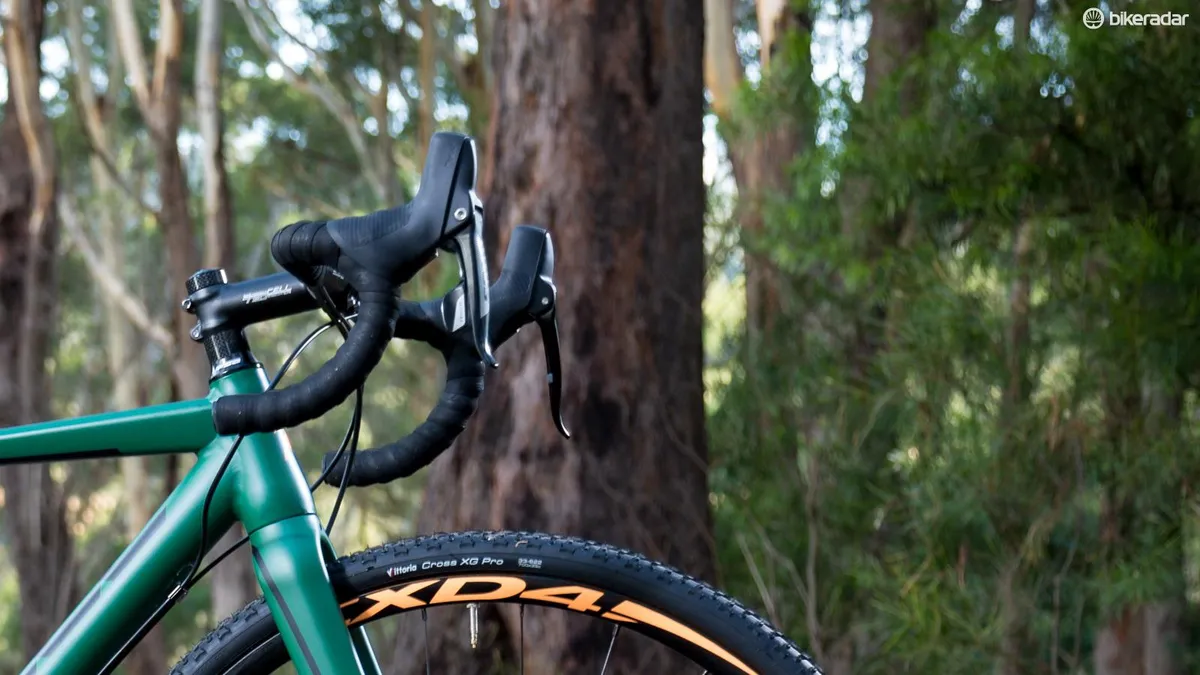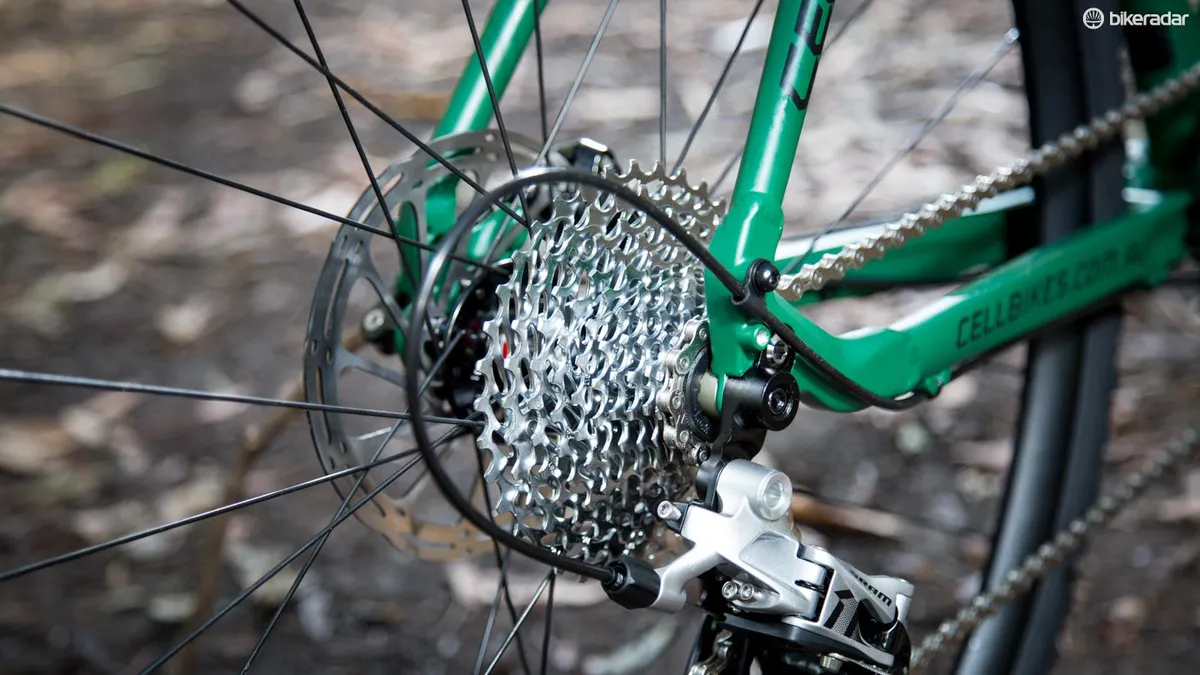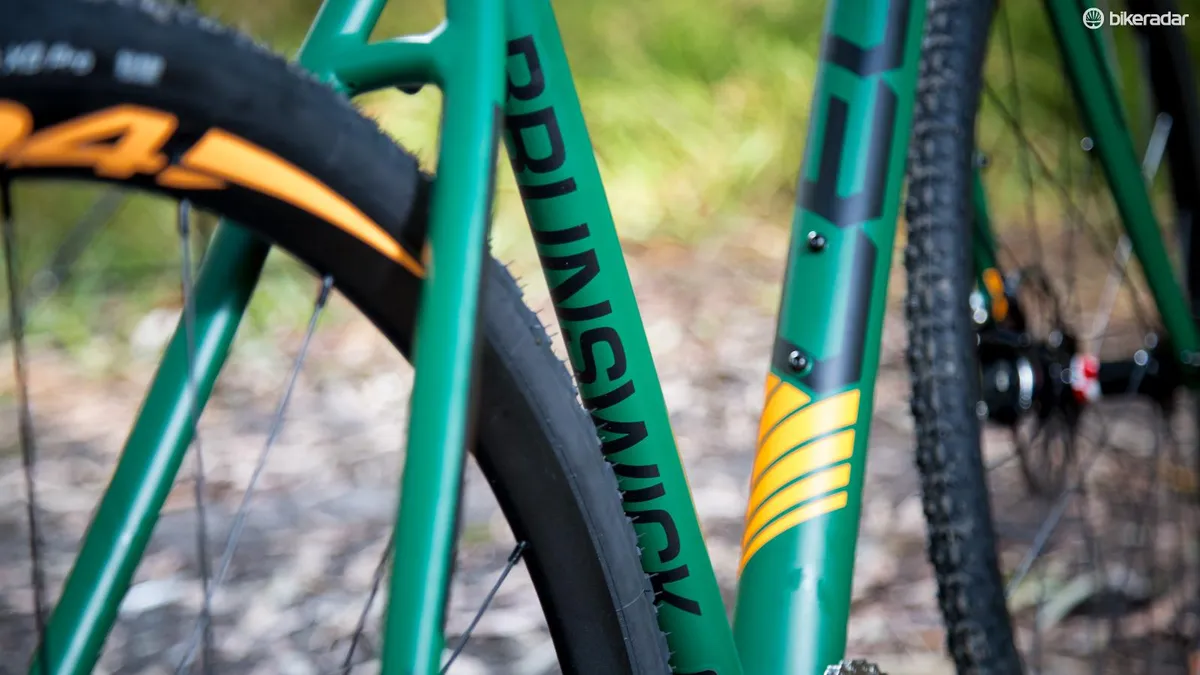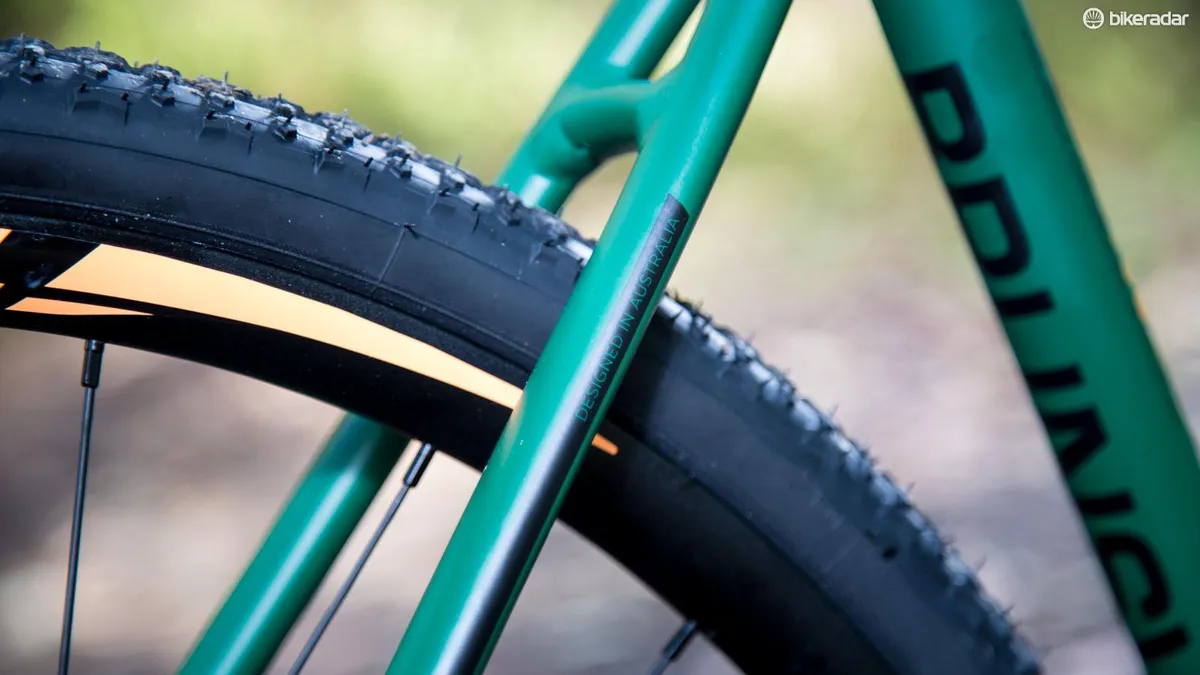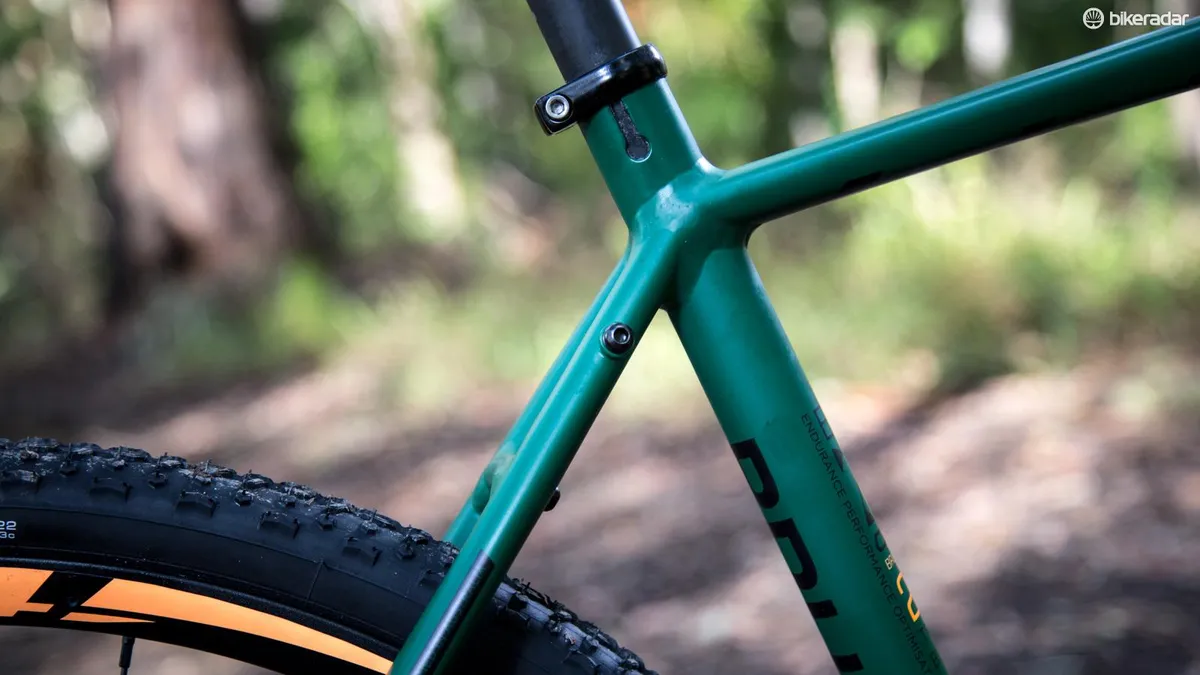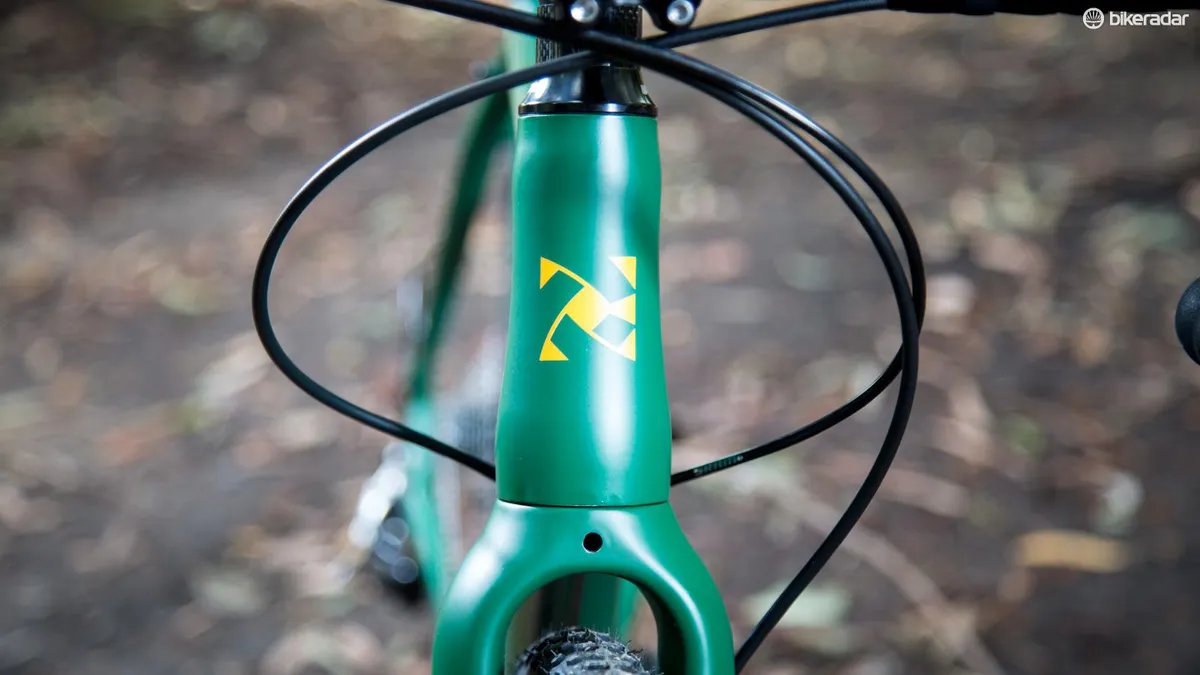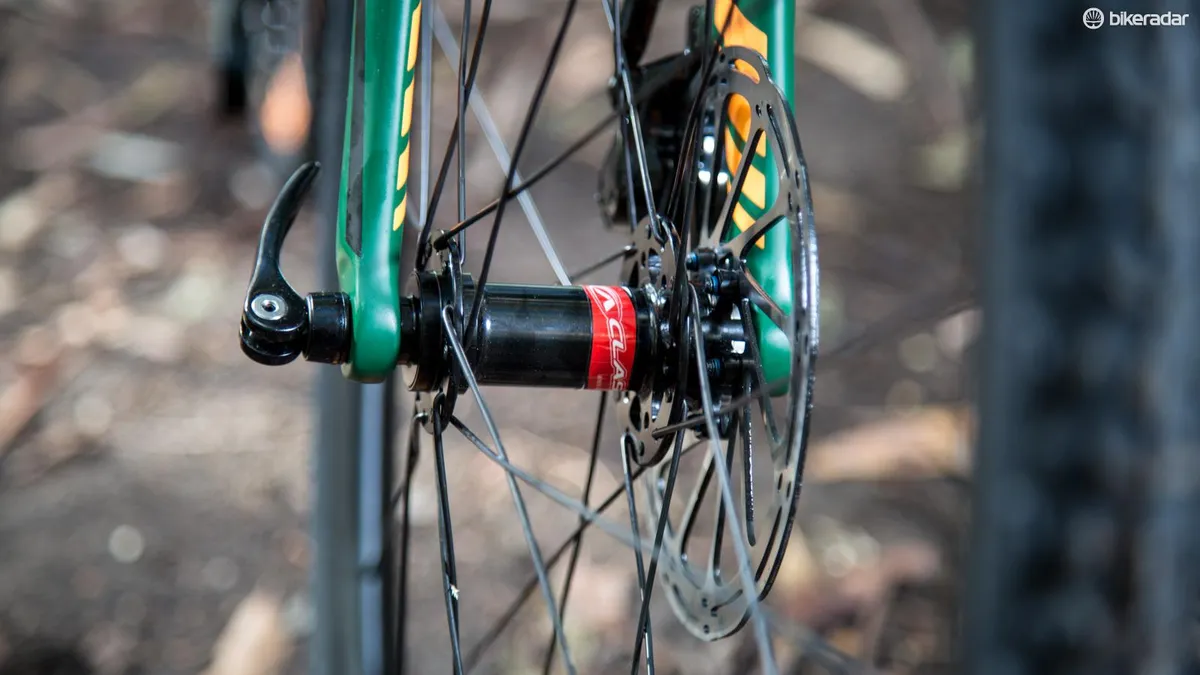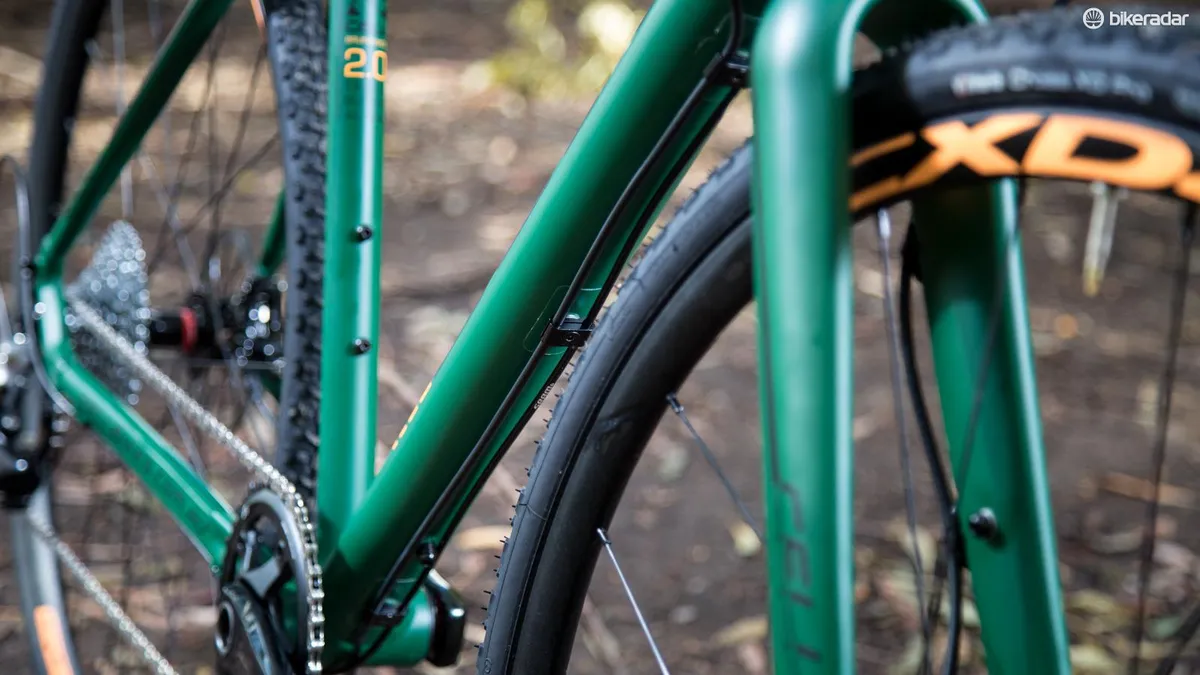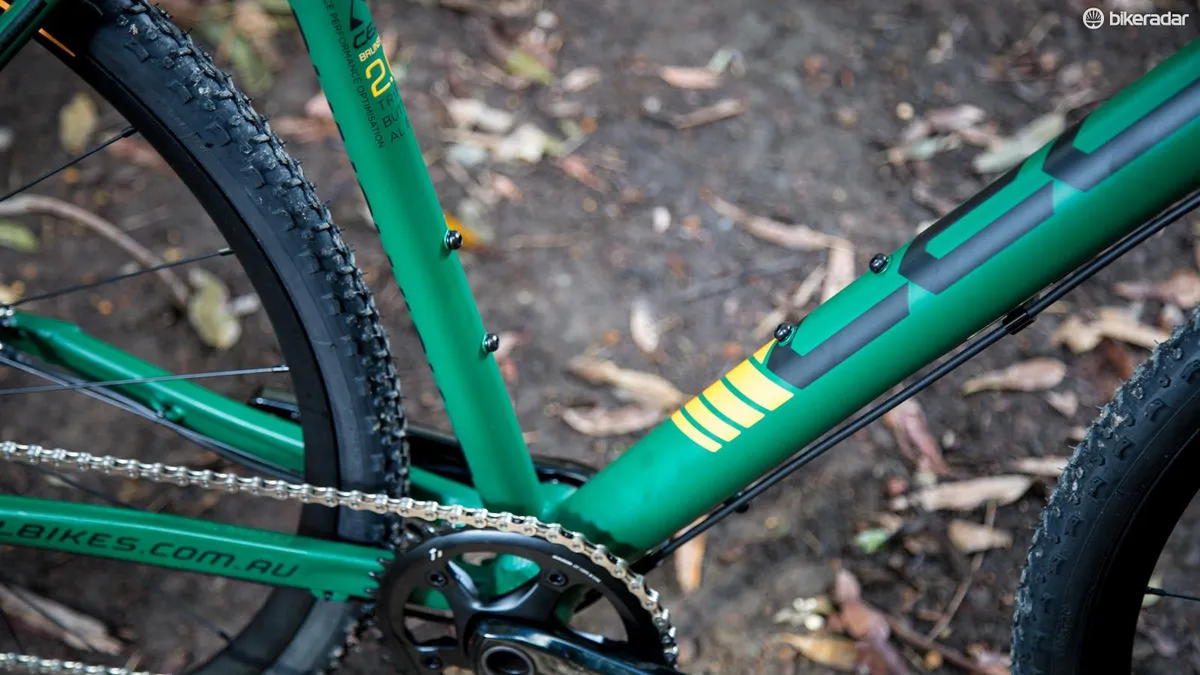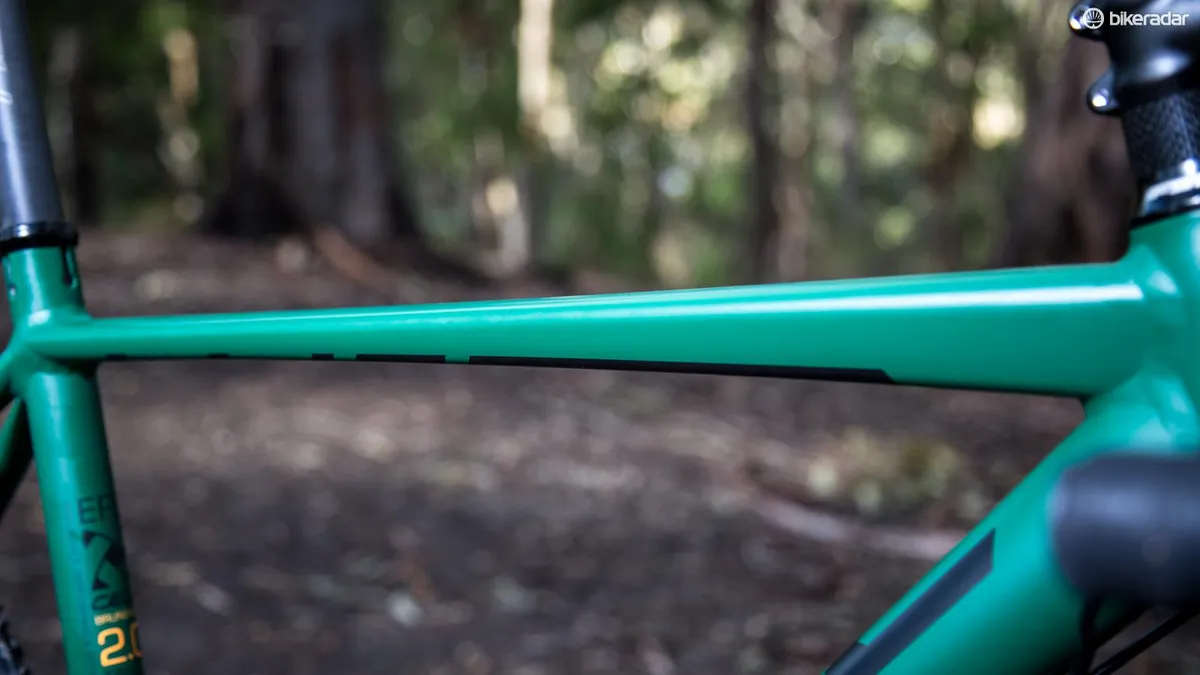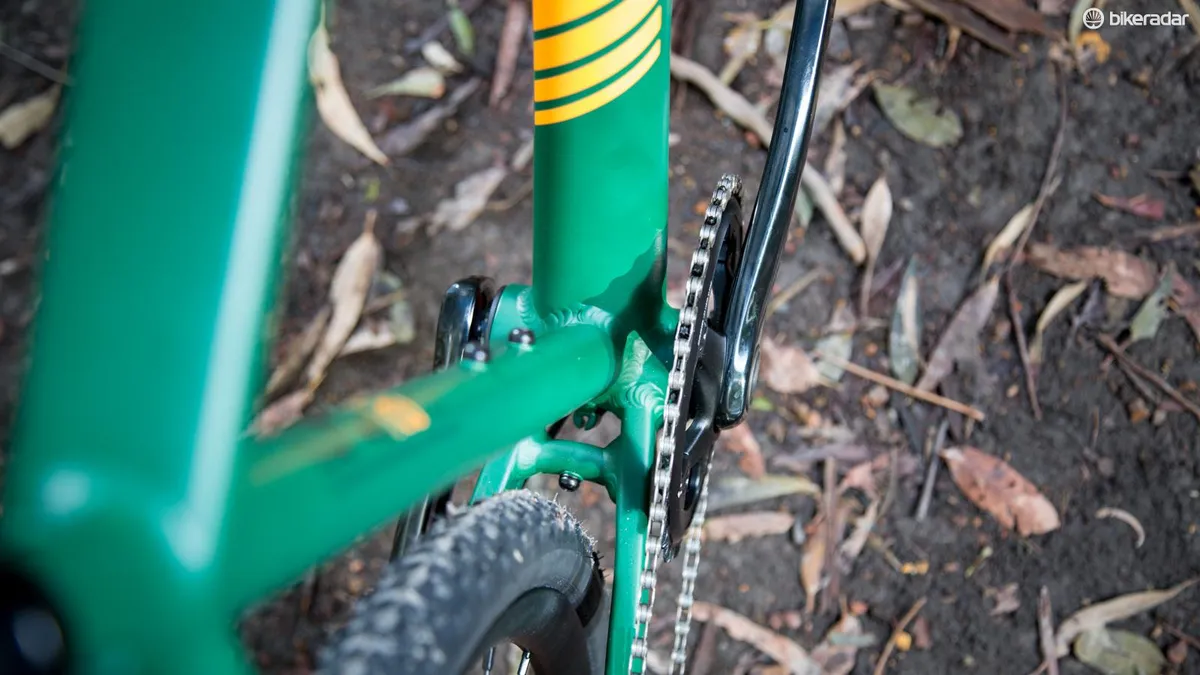When we reviewed Cell’s first Brunswick Cyclocross bike we were impressed not only by the ride quality but also its price and versatility. The Australian direct to consumer brand has had a bit of a renaissance in the past few years and is now offering a range of bikes that perform as well, if not better, than those which cost twice as much.
While the Brunswick makes for a fantastic weekend racer, rack mounts galore open the Brunswick up to bikepacking, gravel riding and commuting duties, too. This combined with wise component choices and design cues make for a bike that’s extremely versatile and fun to ride.
We’ve been putting the Brunswick through its paces on everything from tight single track to speed runs on the sand at the beach, gravel grinding, and even some commutes, and it’s yet to miss a step.
EPO geometry: it's fast and comfy
Considering it comes in at $2,299, the Brunswick offers fantastic value, spec'd with a full SRAM Rival 1x11 drivetrain including hydraulic brakes, tubeless ready AClass wheels (the complete wheel division of Alex Rims), a carbon fork and front and rear thru axles.
Since the original version, the Brunswick EPO (Endurance Performance Optimization) geometry has been refined to now include size specific angles and shortened chainstays in an effort to improve handling throughout the sizes and combat toe overlap.
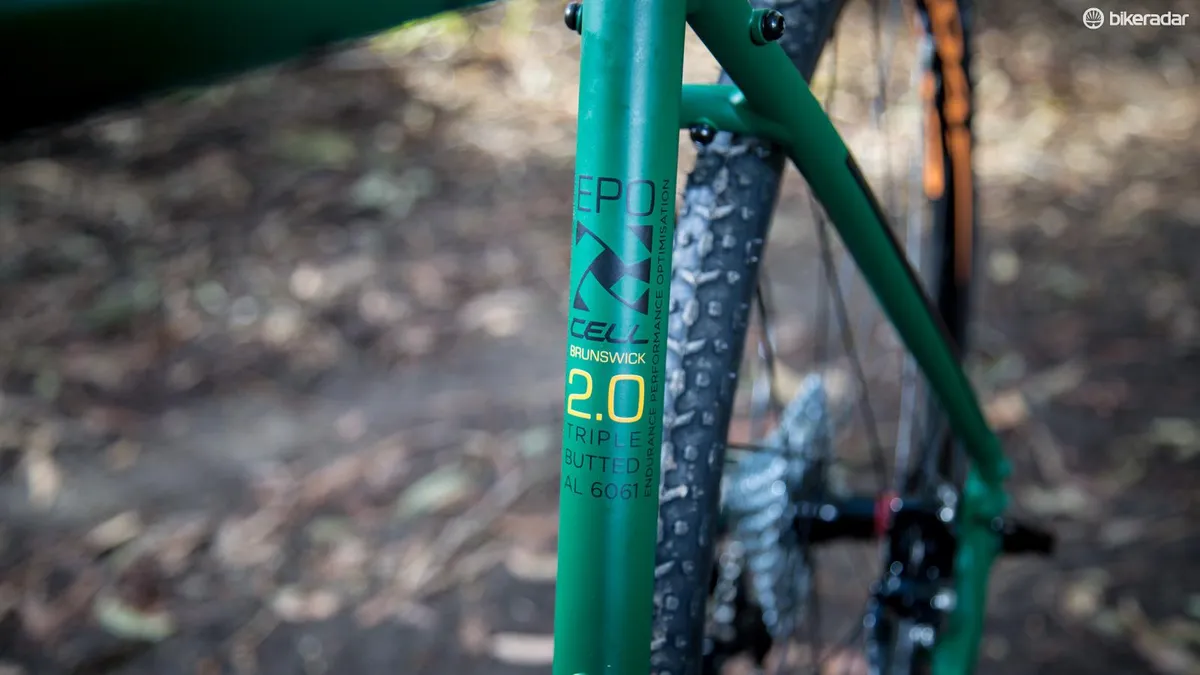
Our size medium frame saw a 71-degree head angle, and perfectly walked the line between being comfortably upright without losing the performance-oriented handling. Whether it was tight corners on a 'cross race course, flowing singletrack or fast descents on dirt roads the Brunswick’s handling was unflappable. Even piloting the Brunswick through tight corners at speed the bike tracks exactly where you want it to go, without having to muscle it around to hold your line.
The upright geometry also puts you in a better position to lift the front wheel over barriers or trail obstacles with relative ease.
Being designed with performance in mind, there is not even the slightest bit of flex in the triple butted aluminium frame when the power is down. Although it’s not the softest riding frame, it’s also not a bone rattler handling general trail noise and big hits quite well.
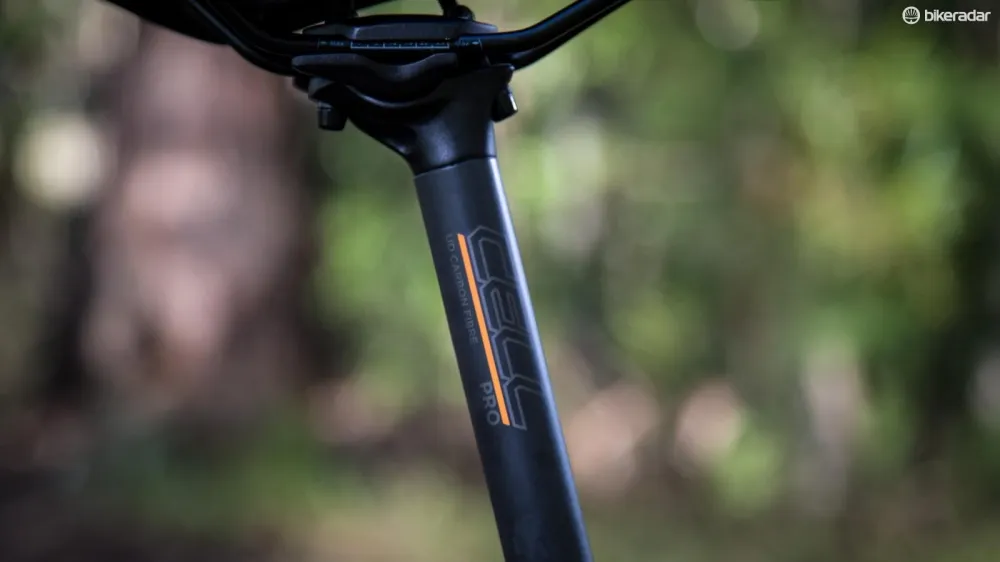
This is thanks in part to ovalized seatstays which become increasingly flat as they move into the seat cluster, allowing the structure to flex and take the edge off larger impacts. However, because of their width they also don't twist so there’s unwanted lateral flex or power lost in the rear triangle. The 33c Vittoria tyres, skinny 27.2mm carbon seatpost and 24 spoke rims also pay a big part in soaking up bumps and vibration.
At the front, the combination of a carbon fork and tapered steerer tube creates a robust front end and contributes to the Brunswick's sharp handling. Even grabbing a big handful of the front brake doesn’t reveal any flex in the fork. With all of that said, the fork also does well to deaden some of the high-frequency vibration generated by the road or trail.
Cementing the Brunswick's unwavering character are the front and rear 12mm thru axles. With more disc brake bikes moving to the system, the thicker axle stiffens up the wheel-to-bike connection and makes wheel alignment a breeze.
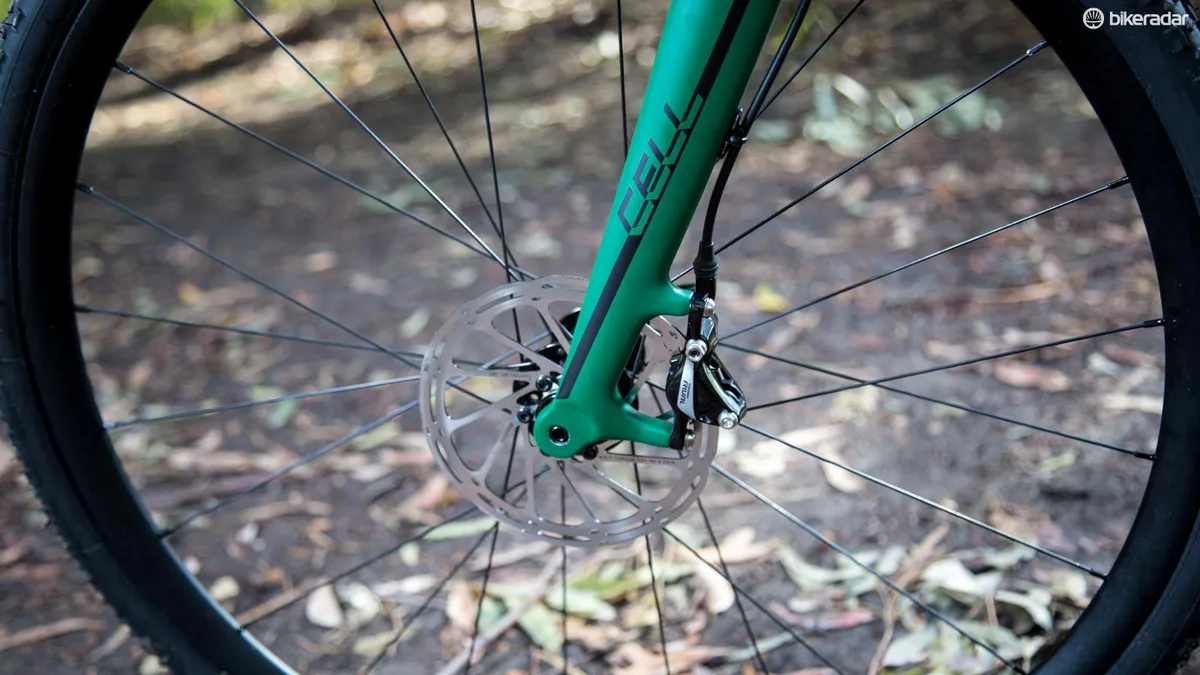
The toptube has also been reworked with the underside being flattened to sit more comfortably on your shoulder, and being quite wide and square kept the bike free of any lateral twisting despite our best efforts.
Cell has opted to route the cables and hoses externally and includes full-length housing along the downtube. It's not the cleanest look, but for the home mechanic, it eliminates the headache of trying to route them inside the frame.
Weighing in at 9.01kg /19.06kg the Brunswick is by no means the lightest ‘cross bike on the market, but even with tired arms shouldering the bike isn’t the burden we expected it to be.
Like the original Brunswick, we did suffer from some heel rub on the wide set chainstays. With the advent of wider rear hub spacing to accommodate disc brakes, the Q-factor or width between the cranks hasn’t followed suit. For those with a relatively narrow stance like mine, it’s not a major issue, but we did find our heels occasionally grazing the frame especially with the power down while seated.
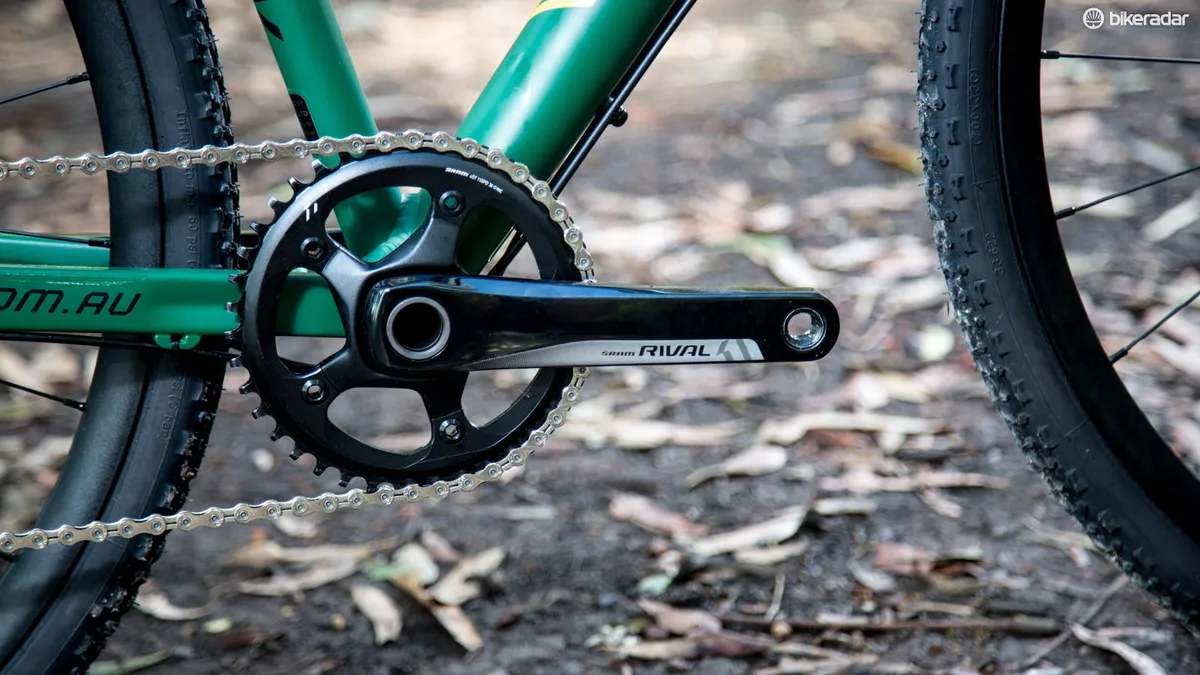
We had absolutely no trouble with the Rival 1x11 drivetrain and found the 11-36T cassette and 40T chainring offered miles of range. With the combination of the wide-narrow tooth profiles on the X-SYNC chain ring and the Rival rear derailleur with a clutch, we had no trouble with chain retention through extremely bumpy areas of trail.
The Rival disc brakes and Centerline rotors were a little noisy until the pads bedded in, but provided oodles of power even in the wet. The Rival levers don’t offer the same feel and modulation as some of the pricier SRAM and Shimano options, but there’s considerably more than you get with cable actuated discs or rim brakes. Despite adding a bit of weight, the 160mm rotors offer plenty of stopping power, and brake fade on long descents even with the bike weighted down with panniers didn’t present an issue. Being hydraulic, the brake system should offer this same consistent braking for a long time to come with little maintenance.
We’re also big fans of the SRAM hoods. They’re not pretty to look at, but the elongated hood needed to accommodate the master cylinder and reservoir gives you more to hold onto when things get rough. Also on offer is individual lever reach adjustment, though we didn’t need to utilize this with the short reach drop bars.
No tubes? No problem!
Along with the bike, Cell sent over a roll of Stan’s tape, valves and sealant for us to set up the AClass rims tubeless. The setup was painless and the Vittoria Cross XG Pro tires seated on the first try. The rims also proved to be bullet proof on an overzealously low tire pressure experiment that led to a rim strike on a bungled bunny hop over a log. Even so, the rims are as true as the day we pulled them out of the box.
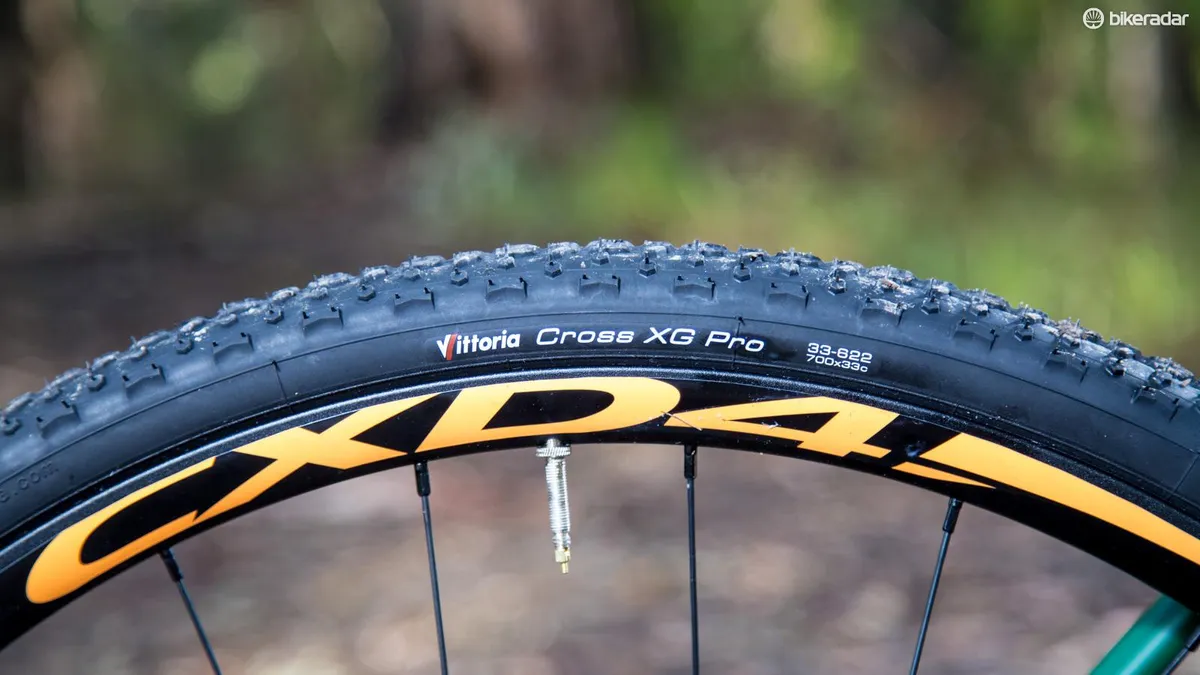
Falling within the UCI confines for tire width, the 33c Vittoria XG Pro rubber is quite supple (especially when setup tubeless). They’re fast rolling on the dirt and the knobs don’t cause too much rolling resistance on the pavement. There’s also plenty of frame clearance should things get muddy, and the bike can handle up to a 42c tyre.
With more rack mounts than you can shake a stick at, the Brunswick can carry three bottle cages, panniers, and fenders. This is ideal for touring as well because the weight can be shifted from your back to the bike allowing you to stay fresher for longer.
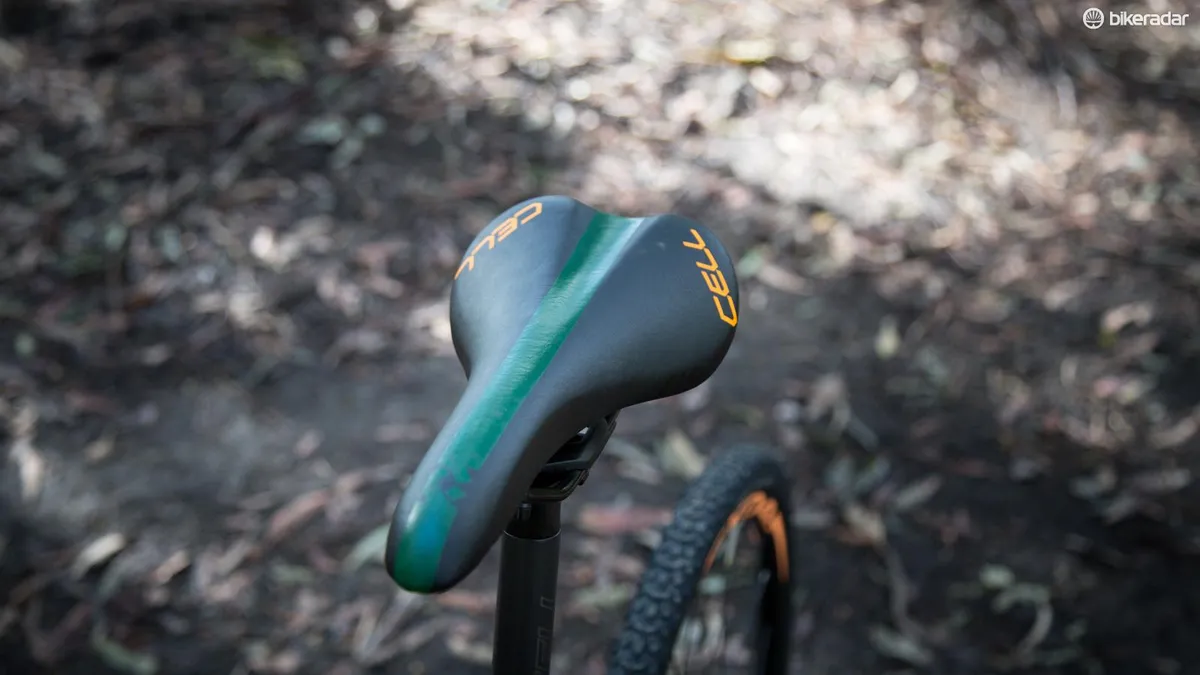
The touchpoints are all Cell branded and get the job done, though the saddle will likely be a popular upgrade. The bars are comfortable and with a short reach they don’t put too much of your weight over the front wheel that you lose the ability to lift that wheel, and the bar tape is cushy and feels nice on bare hands.
Initially, we weren’t big fans of the green and orange paint job, but throughout the testing period it grew on us, especially when it’s splattered with mud.
For those looking for a multifaceted bike that can get you to work during the week, and find podiums at your local ‘cross race on the weekend, it’s pretty hard to look past the Cell Brunswick 2.0.
It doesn’t carry a flash brand name or try to sell you on marketing hype that doesn’t amount to real world performance, nor is it made from cutting-edge materials. Instead, the bike relies on good design and a wise choice of components to produce a bike we’d happily add to our stable.
